The Creation of “SMASH”
Iron Foundry’s first ever map published to the Minecraft Marketplace was one of my all-time favorite projects, and brought many challenges.
Origin
The concept for smash started long before I began development in 2017. I first had the idea in 2015, when I imagined two of my favorite games, Minecraft and arcade classic Rampage mashed into one. The building blocks of Minecraft converted well into buildings and I imagined myself building gigantic cities. Initially, I imagined SMASH as a purely multiplayer experience, one where players would fight and interact with other players playing as giant monsters in a sandbox city environment. Although the idea of a server was exciting, I didn’t have the resources or experience to make it happen at the time, so the dream was quietly shelved in the back of my head.


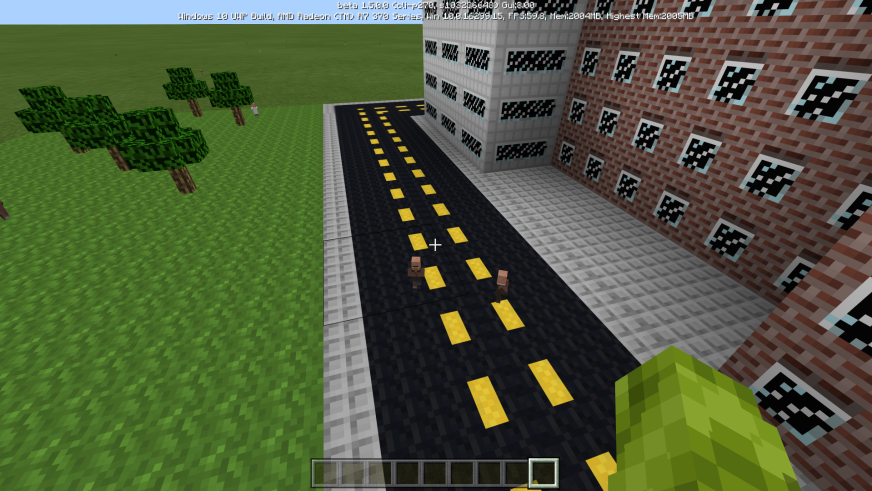
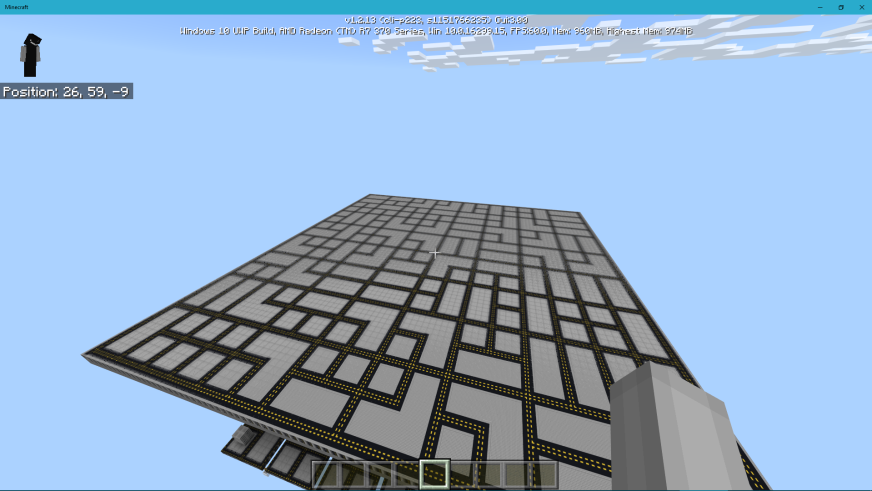

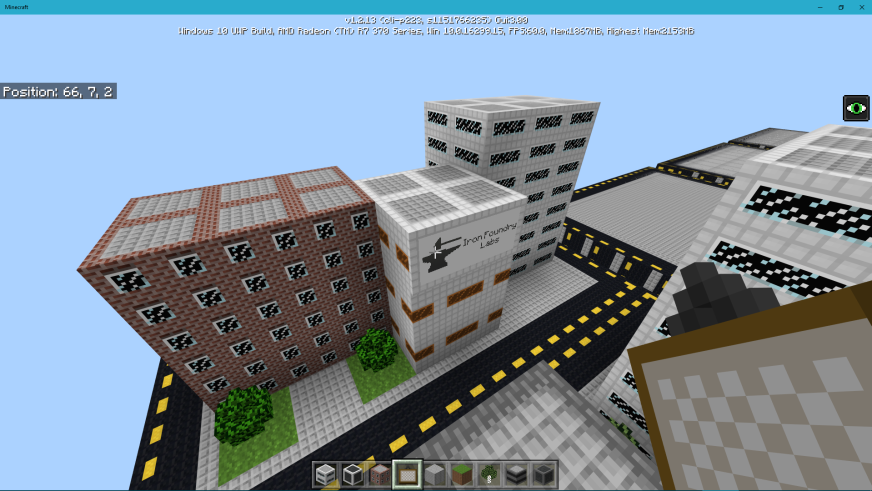
Beginning
In 2017, when Iron Foundry was first created, I began to imagine what maps I could make for the marketplace. Many of the projects I had worked on before were heavily based on existing IPs and therefore wouldn’t translate well to the Marketplace. One of my more original ideas, was SMASH. I wouldn’t begin development until 2018 when I partnered Iron Foundry with Pathway Studios to publish content. The first piece of content I published wasn’t SMASH, but a skin pack named Monsters VS Robots. I consider MvsR a precursor for SMASH, testing the waters for interest into the idea.
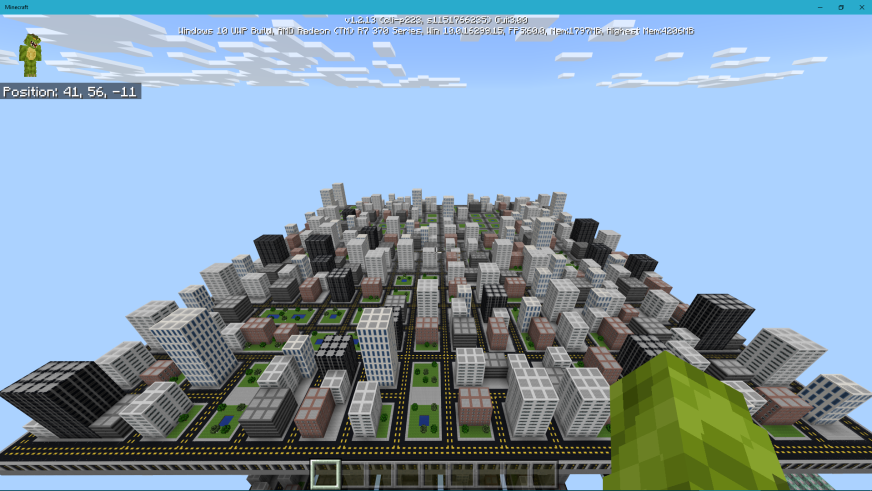
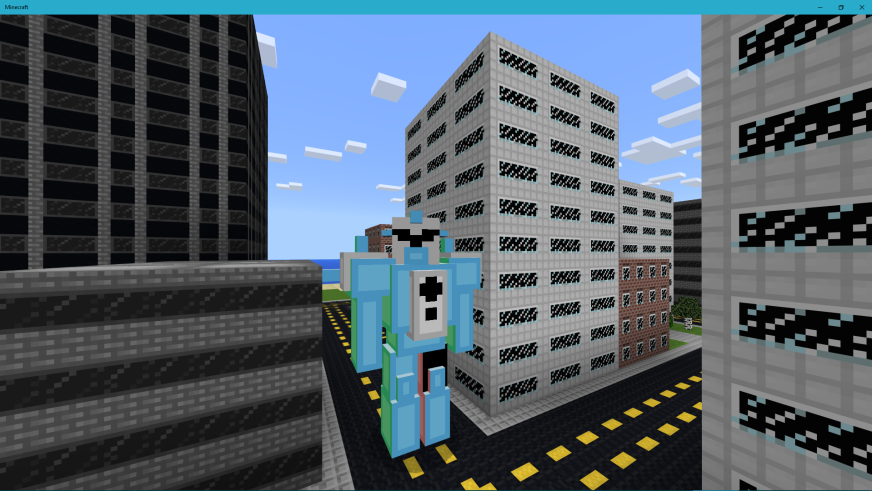

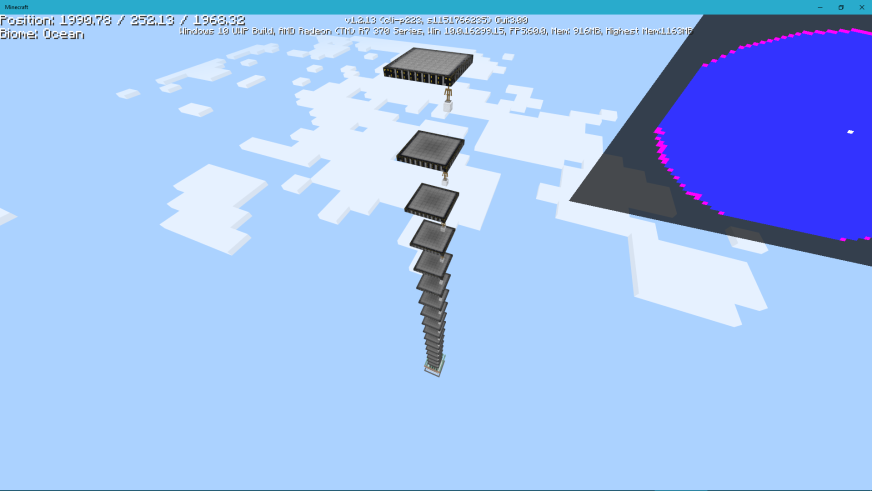
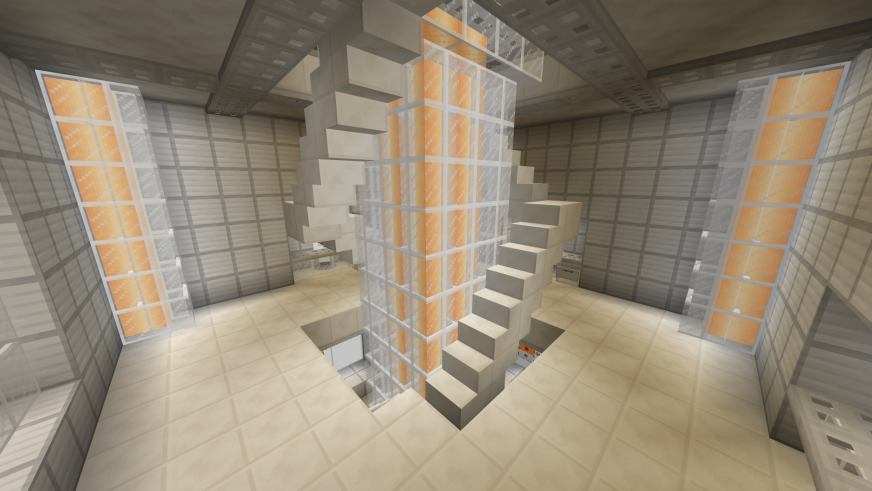
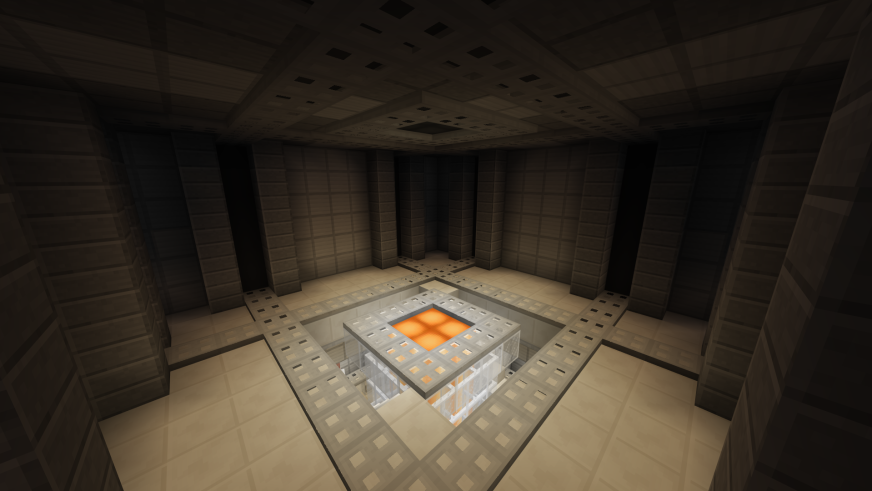
Execution
Once the map began official development, I tried to keep the scope of the map small. I had been warned that maps for the marketplace could become inflated with content until the project far exceeded the time it should have taken to make. With that in mind, there were many features and ideas that I had partway through development. Some parts also had to be cut, like multiplayer features. But by far the largest amount of time I spent on the map was fixing bugs and tweaking features. I had the privilege to have access to a fantastic quality assurance team who were often far better at noticing my mistakes than I was.
Lessons learned
SMASH’s biggest lessons to me were of time management and project scope. Although I had help from both Pathway Studios and the Minecraft Marketplace team in reviewing the map, I developed the entire project solo. Initially I was worried that creating the mechanics I wanted to implement would be difficult, but burnout proved to be a much larger threat than any code I needed to write. I’m very proud of the end result and I’m so excited that SMASH was eventually published to the marketplace.


